March 18, 2019
Greatest motivator for employees is more recognition, whether monetary or not

The biggest motivator for staff at work is more recognition, whether monetary or not, according to a new survey on rewards at work by XpertHR. When asked which rewards are most important to employees, more than half (53 percent) said higher basic pay, followed by a wider range of benefits (37.1 percent), but being recognised for the work they do was also cited as an employee priority by 56.1 percent of respondents). The survey also claims that employers are facing a constant battle to get employees’ salaries at the right level. Almost all (97.7 percent) organisations questioned said they would be looking at salary levels in some way over the coming year – whether that be through the annual pay review, benchmarking salaries against the market or complying with the national minimum wage legislation.





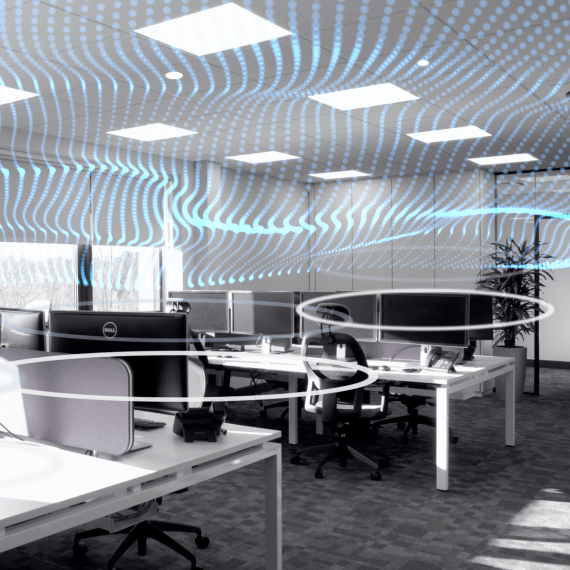
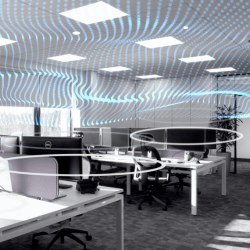
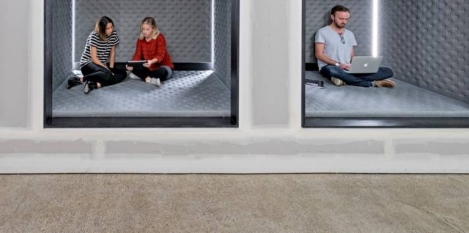
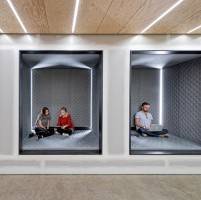
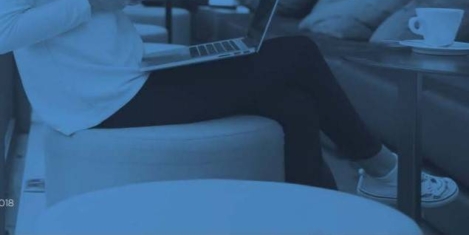


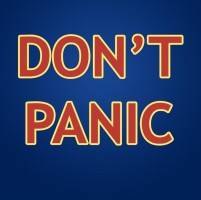
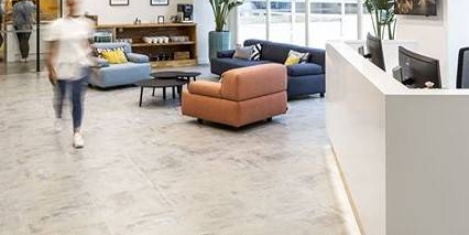
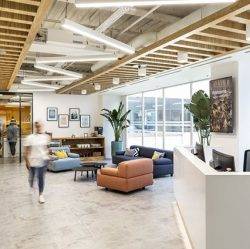

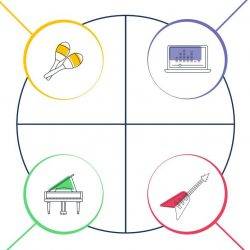


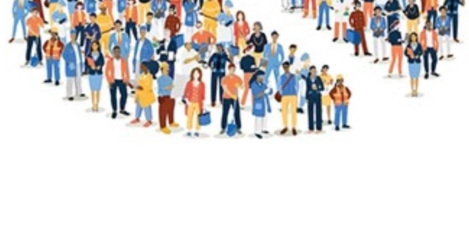


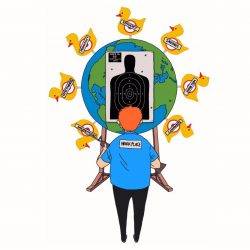

 Workers continued use of unapproved apps in the office, including Instagram, Facebook Messenger and Snapchat, to communicate with colleagues as well as friends and family is putting their organisations at risk of cyber-attack, new research suggests. Four in ten employees (41 percent) admit to using Instagram for more than two hours each day, despite the app being banned in almost half of UK organisations. The majority of employees are well aware that certain apps are not approved for workplace use, but this hasn’t stopped them breaking the rules.
Workers continued use of unapproved apps in the office, including Instagram, Facebook Messenger and Snapchat, to communicate with colleagues as well as friends and family is putting their organisations at risk of cyber-attack, new research suggests. Four in ten employees (41 percent) admit to using Instagram for more than two hours each day, despite the app being banned in almost half of UK organisations. The majority of employees are well aware that certain apps are not approved for workplace use, but this hasn’t stopped them breaking the rules.









March 14, 2019
The negative entropy of workplace design and management
by Mark Eltringham • Comment, Workplace design
More →